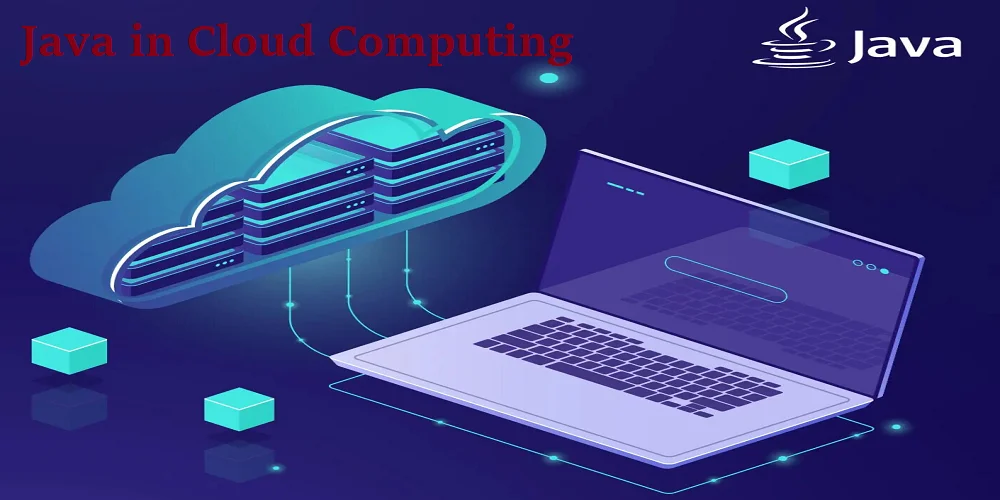A software development workflow that combines private and public cloud environments to expedite continuous integration and delivery procedures is known as a hybrid cloud CI/CD pipeline. Teams may design automated processes using GitHub Actions that operate on many infrastructures, guaranteeing effective code testing, development, and deployment. With its flexible, event-driven workflows and self-hosted runners, GitHub Actions helps meet hybrid cloud requirements by enabling scalable activities to use public cloud resources. At the same time, sensitive processes may run safely in private clouds. GitHub Actions’ comprehensive integration features provide smooth monitoring and automation, while its secret management feature adds security for managing sensitive data across clouds. Due to the ability to dynamically balance workloads across environments, this strategy helps enterprises by improving flexibility, cost-effectiveness, and resilience. Teams can optimize the security of private clouds and the scalability of public clouds by utilizing GitHub Actions to create a unified CI/CD workflow.
1. What is Hybrid Cloud?
By fusing private and public cloud consulting services, a hybrid cloud creates a special architecture that permits the sharing apps and data across them. Businesses who wish to take advantage of the scalability and flexibility of public clouds while controlling sensitive data in their private clouds will find this architecture very tempting. Businesses can stay flexible, cut expenses, and make sure that workloads are allocated to the best environment with the support of hybrid cloud infrastructures.
2. Why Hybrid Cloud for CI/CD?
In hybrid cloud systems, traditional CI/CD procedures frequently encounter difficulties, such as latency problems, security issues, and the requirement for smooth interoperability between public and private clouds. A hybrid cloud CI/CD pipeline addresses these problems by providing a consistent approach to managing code, dependencies, testing, and deployment across several cloud platforms. Businesses that have workloads that are better suited for private clouds (for security or regulatory reasons) and public clouds (for cost and scalability) may find this very useful. Here are some key benefits of using hybrid cloud CI/CD pipelines include:
- Flexibility – Workloads may be easily divided among many contexts.
- Cost optimization – For some workloads, use affordable public clouds; save private clouds for applications that require high compliance.
- Improved Resilience – Distribute and balance loads across environments to minimize downtime.
- Enhanced Security – Utilize the public cloud for general purposes while storing sensitive data in private clouds.
Implementing CI/CD pipelines that enable hybrid cloud processes is made easier with GitHub Actions. Let’s examine how hybrid cloud CI/CD is made possible using GitHub Actions.
3. Understanding Github Actions for CI/CD
Developers may automate processes straight from their GitHub repositories using GitHub Actions, a CI/CD automation solution integrated into GitHub. This capability is particularly helpful for hybrid cloud settings since GitHub Actions is a great solution for managing CI/CD in hybrid cloud systems because it supports both on-premises and multi-cloud connections. Key capabilities :
- Automation of workflow using configuration files based on YAML.
- Scalable runners that work with environments that are self-hosted or hosted on GitHub.
- Workflows can be started using event-driven triggers in response to pull requests, repository modifications, or planned tasks.
- Flexibility via custom actions and third-party integrations.
Because it makes it easy to construct processes that span both public and private clouds, GitHub Actions is a fantastic choice for hybrid cloud CI/CD pipelines.
4. Building a Hybrid Cloud CI/CD Pipeline with GitHub Actions
In creating a hybrid cloud CI/CD pipeline, you should consider the benefits of both environments. This is a thorough guide to building a hybrid CI/CD process with GitHub Actions.
1.1 Setting up of Workflows for Multi-Cloud Environments
Every workflow in GitHub Actions is a YAML file kept in your repository’s.github/workflows directory. Workflows for the public and private cloud environments should be created first. Establish processes that manage the two environments separately while enabling smooth integration as required. Here’s a simple illustration:
name: Hybrid Cloud CI/CD Pipeline
'on':
push:
branches:
- main
jobs:
staging:
runs-on: self-hosted
steps:
- name: Checkout Code
uses: actions/checkout@69
- name: Run tests on staging
run: |
# Run staging-specific tests
- name: Deploy to Private Cloud staging
run: |
# Deploy code to the private cloud
production:
runs-on: ubuntu-latest
needs: staging
steps:
- name: Checkout Code
uses: actions/checkout@69
- name: Run production tests
run: |
# Run production-specific tests
- name: Deploy to public cloud production
run: |
# Deploy code to the public cloud
This process starts with deployment to a private cloud staging environment. The code is then deployed to the public cloud production environment if the staging tests are successful.
1.2 Implement Self-Hosted Runners for the Private Cloud
The self-hosted runners from GitHub Actions are quite useful for hybrid cloud configurations. You may execute GitHub Actions processes safely behind your firewall by configuring self-hosted runners, which are GitHub-hosted agents, on your private cloud. Setting up a self-hosted runner involves:
- Creating a self-hosted runner in your private cloud environment.
- Configure security settings to allow access only from authorized GitHub repositories.
- Installing the runner and connecting it to GitHub using authentication tokens.
With this configuration, you can manage your workflows from a single GitHub interface while having them execute jobs on the private cloud.
1.3 Managing Secret Across Hybrid Environments
Sensitive data may be securely managed with Secrets using GitHub Actions. In a hybrid cloud configuration, where several environments could need different credentials, this is very helpful. GitHub’s organizational secrets management feature and repository-level secret management are both options. Furthermore, GitHub Actions may be connected with programs like AWS Secrets Manager or HashiCorp Vault to store and retrieve secrets across private and public clouds. For example, you may have different secrets for your private cloud environment and AWS deployment. Here’s an illustration of how secrets are used in a GitHub Actions workflow:
steps:
- name: Deploy to AWS
env:
AWS_ACCESS_KEY_ID: ${{ secrets.AWS_ACCESS_KEY_ID }}
AWS_SECRET_ACCESS_KEY_ID: ${{ secrets.AWS_SECRET_ACCESS_KEY_ID }}
run: |
# Deploy code to AWS public cloud
./script/deploy/aws.sh
- name: Deploy to Private Cloud
env:
PRIVATE_CLOUD_KEY: ${{ secrets.PRIVATE_CLOUD_KEY }}
run: |
# Deploy code to the private cloud
./scripts/deploy-private.sh
By preventing sensitive data from being revealed, environment variables in GitHub Actions workflows enhance security in hybrid contexts.
1.4 Monitoring and Logging in a Hybrid CI/CD Pipeline
Monitoring and logging are crucial for CI/CD processes, particularly in a hybrid setting where workflows operate across many infrastructures. Workflow logs are provided by GitHub Actions after every run, enabling you to monitor progress, spot mistakes, and streamline processes. Use tools like Prometheus or Datadog for a more comprehensive monitoring experience. These tools can be integrated with GitHub Actions, allowing for easy hybrid pipeline monitoring and alerting.
Best Practice for Hybrid Cloud CI/CD Pipelines with GitHub Actions
- For delicate and high-performance tasks in private clouds, use Self-Hosted Runners.
- Use GitHub Secrets to protect your workflows and limit access to self-hosted runners.
- Workflows should be modularized to divide tasks for private and public cloud environments, guaranteeing flexibility and maintainability.
- To provide an additional degree of dependability, use Conditional tasks to make sure that processes only continue when earlier tasks are successful.
- For real-time warnings and end-to-end visibility throughout your hybrid workflow, integrate monitoring tools.
Conclusion
Hybrid Cloud For businesses wishing to use both public and private clouds, CI/CD pipelines are crucial. Teams can create processes that span several settings using GitHub Actions, guaranteeing performance, security, and scalability. By following best practices and utilizing GitHub’s robust capabilities, you can create a streamlined, hybrid CI/CD pipeline that encourages rapid innovation without compromising control or security. For businesses seeking a hybrid CI/CD solution, GitHub Actions is an excellent choice due to its adaptability and extensive integrations. An effective, safe, and robust CI/CD pipeline that is prepared to meet the requirements of contemporary hybrid cloud architecture may be achieved with a little preparation and setup.



